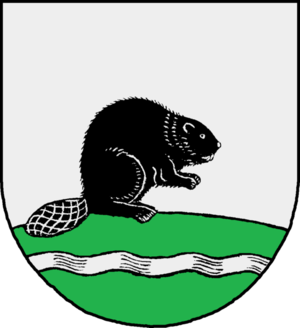Inflammation – redness and swelling – is a characteristic of most cases of acne. Sometimes it can be reduced by drugs, including antibiotics (which kill the bacteria causing the infection that produces the inflammation). But there may be a way to control the inflammation just through what you eat – or don’t eat.
The theory behind an anti-inflammatory diet for acne is that some foods promote inflammation while others discourage it. If you stay away from “pro-inflammatory” foods and eat more “anti-inflammatory” foods, the redness (and swelling, if it’s present) associated with your acne will subside, and your skin will start to heal.
What foods can you eat that will reduce the redness? Well, the first category is anything high in antioxidants. This would include most fruits; look for those whose color is intense, like berries. Dark green leafy vegetables, like Romaine lettuce, are also a good choice.
Essential fatty acids (EFAs) are also anti-inflammatory. Certain types of fish, like salmon and tuna, are high in Omega 3 EFAs. So are flaxseeds, which you can sprinkle on foods like cereal. If you don’t or can’t eat these foods, you can always take a fish oil or flax oil supplement. The best ones are available from natural food stores.
But perhaps the best way to make your diet “anti-inflammatory” is to stop eating – or at least cut back on – foods that raise your blood sugar quickly. Why? Because when your blood sugar rises too fast your body will produce too much insulin (to bring your sugar back down again). And this in turn will cause inflammation.
What foods have this effect on blood sugar? Well, anything that contains a lot of refined sugar; examples include candy, soda, ice cream, and artificially sweetened fruit juices. Also in the pro-inflammatory category are foods made with white flour, like white bread, pasta, and most commercially-made bakery items. Even a few fruits and vegetables are included here – like potatoes, corn, and bananas – because they’re high in simple starches and sugars.
If you’re more concerned with what you can eat rather than what you should avoid, look for foods with a low glycemic index (GI). This index is a measurement of how fast the food will raise blood sugar. The lower the number, the slower the rise in blood sugar, and the more anti-inflammatory the food will be.
There are a few other things to think about when you’re considering an anti-inflammatory diet. For one thing, if you have any food sensitivities, they may show in various kinds of inflammation – including skin rashes and acne flareups. So it may be a good idea to determine if you’re sensitive to anything in particular, because then you can exclude that food from your diet and help reduce inflammation that way.
Some experts also suggest that you should eat foods in a particular order. They believe that it’s best to eat protein sources – like meat, fish, and soy – first, followed by low-GI carbohydrates and then fats.
And it’s a good idea to increase the amount of water you drink. You may actually see an improvement in your acne just from drinking more water.
There’s a lot you can do just with diet alone to help get your acne under control. Try a few of these suggestions. They may be just enough to get you on your way to clearer skin.


